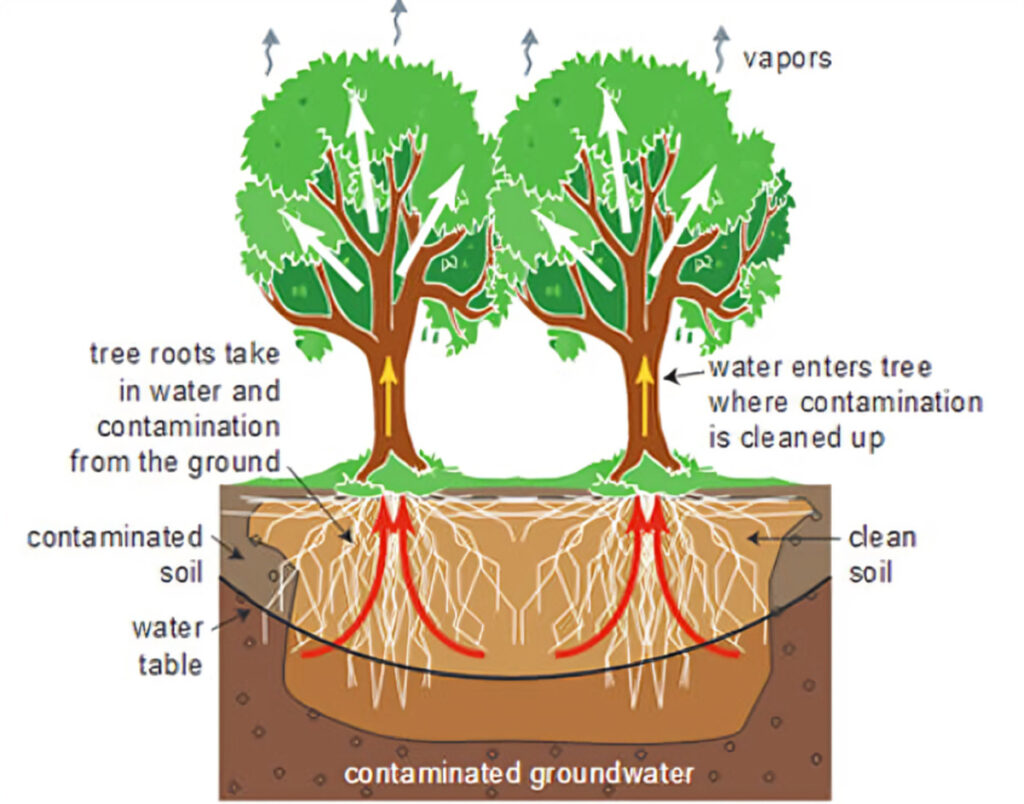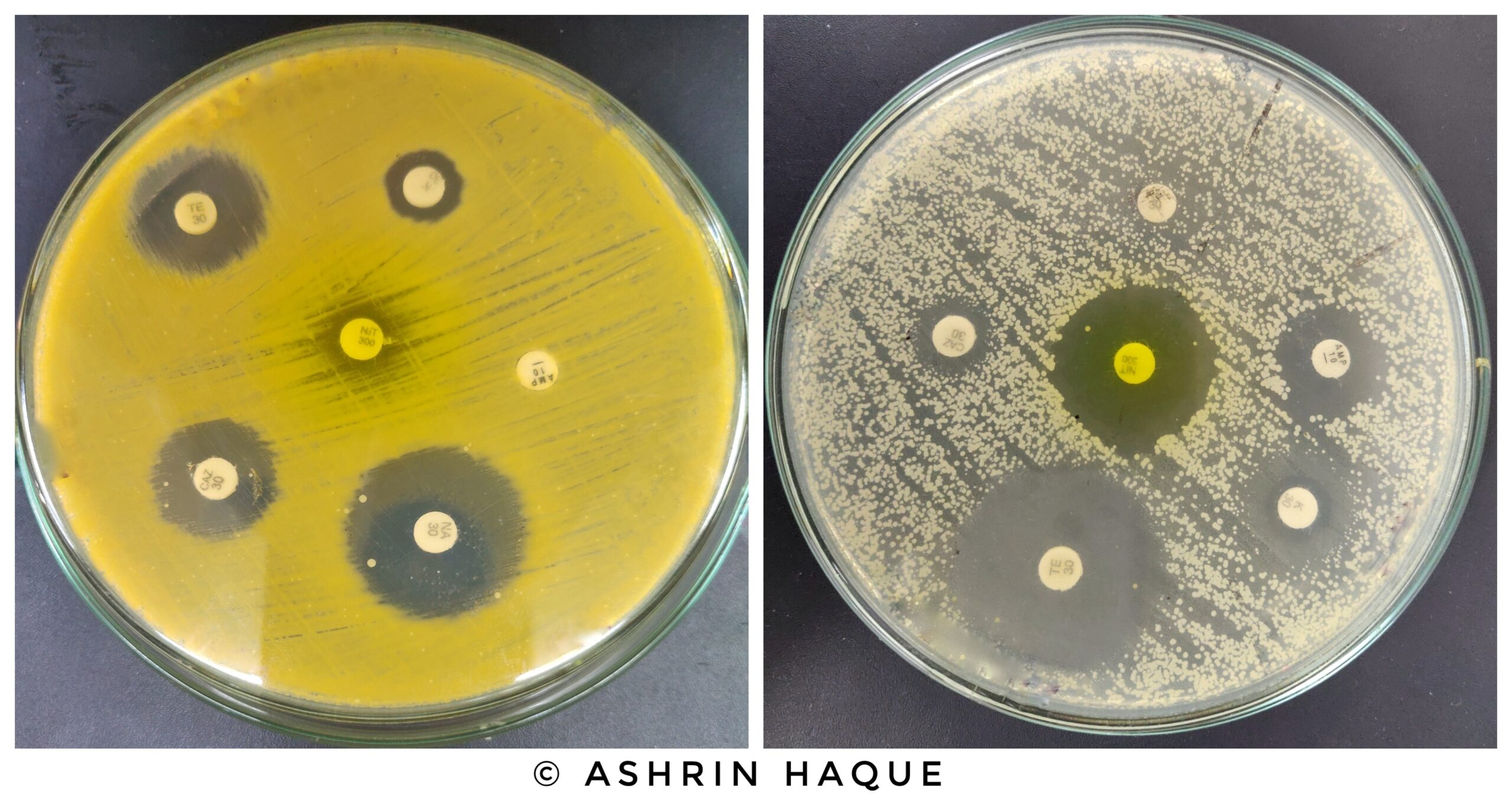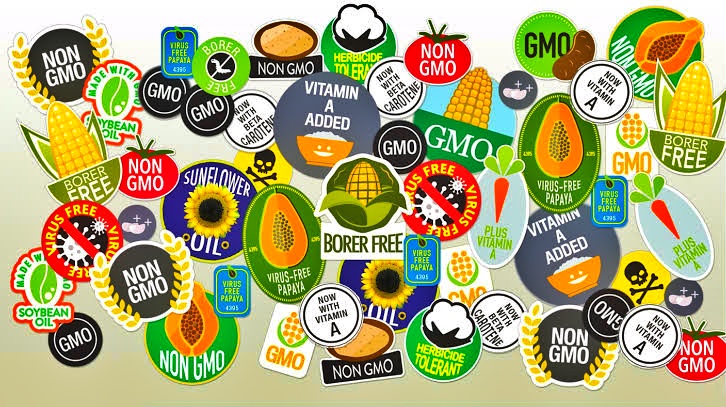Introduction
Phytoremediation is a plant-assisted bioremediation technique that involves the use of green plants and associated soil microbes for the remediation of soil and groundwater contaminants. This process is important due to its ability to extract contaminants from the soil and convert them into less harmful forms (D. Karki & Verma, 2020). Consequently, phytoremediation is a potential candidate for environmental catharsis. It is being considered as an economical and long-term alternative for the catharsis and extraction of toxic contaminants from the environment. Phytoremediation employs plants, trees, and herbaceous species to eliminate, transfer, stabilize, recover, or degrade pollutants, or to limit their bioavailability in both soil and groundwater. Additionally, using trees and smaller plants in this process contributes to reducing soil erosion, enhancing landscape aesthetics, mitigating congestion, and improving air quality.

Figure-01: Heavy metal absorption, transport, and sequestration through plants (Phytoremediation Technologies, 2019
Current Usage and Research of Phytoremediation
Phytoremediation is currently being employed to reduce the contamination load in heavy-metal polluted sites. Several phytoremediation approaches can be applied to bioremediate heavy metals. The current usage of phytoremediation and its approaches include:
Firstly, Phytostabilization, can be utilized to reduce the bioavailability of heavy metals in soil by stabilizing contaminants and preventing their movement within the ecosystem. Secondly, Phytoextraction can be employed to retrieve and eliminate heavy metals from the soil, where plants absorb the contaminants through their roots and store them within their tissues. Thirdly, Phytovolatilization involves using plants to accumulate heavy metals from the soil and subsequently release them into the atmosphere as volatile substances. Fourthly, Phytofiltration involves the use of hydroponically grown plants to remove toxic metal contaminants from water sources, thereby cleansing the water of harmful substances (Salt et al., 1995). Phytodegradation and Rhizodegradation are alternative phytoremediation strategies that are implemented to decompose organic contaminants in the environment through plant-based processes.

Figure-02: Various kinds of Phytoremediation approaches (Asante-Badu et al., 2020).
A broad array of plants exhibit an impressive range of phytoremediation capability for generating a sustainable environment. A research was conducted on genetically altered plants (Arabidopsis thaliana) which have been successfully utilized as a framework for phytoextraction of arsenic pollution and arsenic sequestration in vacuoles (Leung, 2020). These plants carry two bacterial genes, one of which facilitates in the conversion of arsenate to arsenite while the other adheres to the arsenite and is eventually deposited in the vacuoles.
In another research, Wojas et al. (2009) adopted Arabidopsis spp. MRP7 in the tonoplast and plasma membrane of tobacco to showcase heterologous expression of AtMRP7 in modified Nicotiana tabacum var. Xanthi for increased cadmium deposition, dispersion, and resistance in plants. Moreover, heterologous AtMRP7 expression also resulted in better retention of cadmium in the roots of the plants.
Interest in the Application of Phytoremediation
While trying to explore effective and sustainable processes of Bioremediation, phytoremediation came to the attention of researchers and biotech-firms since this process implements natural plant systems and involves the usage of less equipment and manpower in comparison to other conventional remediation approaches since plants carry out the majority of the job. Consequently, the polluted site could be cleaned without excavating soil or draining groundwater, saving energy. For this reason, various researchers and numerous biotech-firms are showing interest in the ability of phytoremediation to eradicate toxic contaminants from soil and water resources in an environmentally friendly and sustainable manner.
Discoveries in Application of Phytoremediation
Recent advancements in the application of phytoremediation have yielded promising results in environmental remediation. TreeWell systems were developed by Geosyntec, a firm specializing in bioremediation solutions with a focus on phytoremediation. These systems utilize specially designed planting units lined with optimal soil to encourage horizontal root growth, enhance pollutant treatment, and facilitate groundwater extraction from specific depth intervals (Kreiner, 2020).

Figure-03: Example of a TreeWell phytoremediation system design (Kreiner, 2020).
Waterloo Environmental Biotechnology Incorporated has successfully innovated and implemented phytoremediation techniques aimed at the removal of petroleum hydrocarbons (PHCs), polycyclic aromatic hydrocarbons (PAHs), and salts from both soil and water (Waterloo Environmental Biotechnology Inc. Profile, 2022).
Additionally, the creation of somatic cell hybrids between Brassica juncea, known for its high biomass production, and Thalaspi caeruiescens, a known Zn and Ni hyperaccumulator, has demonstrated increased resistance to Pb, Zn, and Ni. This hybrid has also significantly enhanced the total lead phytoextraction capacity (Begum et al., 2020). Additionally, the introduction of the Pea MT gene into Arabidopsis Thaliana has led to increased copper (Cu) accumulation in the recombinant Arabidopsis Thaliana, highlighting the potential for genetic modifications to improve phytoremediation outcomes.
Advantages of Phytoremediation
Phytoremediation offers several advantages as an eco-friendly bioremediation method, primarily due to its reliance on various plant species. The process is relatively easy to monitor and allows for the recovery and reuse of valuable metals. As a minimally invasive method, phytoremediation employs naturally occurring organisms, thereby preserving the natural state of the environment. So when compared to conventional chemical remediation techniques, phytoremediation proves to be more cost-effective, whether implemented in situ or ex situ. Moreover, the need for disposal sites are significantly reduced with the generation of secondary waste being minimized. Therefore, by preventing the extraction and transport of contaminated material, the risk of pollution spread is mitigated. Finally, phytoremediation relies on natural and renewable resources, making it a widely accepted approach by the public (Branzini & Zubillaga, 2013).
Limitations of Phytoremediation
Even though phytoremediation is a potential candidate for environmental catharsis, it also presents several limitations that impact its effectiveness. For instance, this method typically requires more time to achieve results compared to traditional remediation approaches. Additionally, this technique exhibits seasonal variability which reduces its effectiveness during colder months. Again, the success of phytoremediation is contingent on the pollutants being within the reach of the plant’s root system, limiting its application to certain contaminant depths. Moreover, there is also a potential risk associated with the bioaccumulation of toxic metals in plants, which may subsequently enter the food chain. Furthermore, complete prevention of toxin leaching into groundwater cannot be assured through plant-based remediation techniques. The toxicity of the contaminated site and the physical and chemical characteristics of the soil significantly influence the survival and growth of the plants used in the process.
Future Prospects of Phytoremediation
Phytoremediation is a novel approach for remediating polluted environments that is promising due to its relatively low cost and high applicability. Subsequently, Phytoremediation is not a perfect solution for hazardous waste concerns, but it has significant potential in numerous areas for metallic and organic waste treatment and degradation especially at shallow contaminated sites.

Figure-04: Future prospects of phytoremediation (Mohanty, 2021)
Hence it can be insinuated that the Phytoremediation technology is still in its infancy and there are several technological challenges that must be overcome. Many hyperaccumulator plants have yet to be found, and more research into their physiology is needed (Raskin et al. 1994). Process optimization, a thorough understanding of heavy metal absorption by plants, and ways for appropriately disposing of the generated biomass are still required.
Conclusion
In conclusion, phytoremediation is a potential candidate for environmental catharsis. Different plants have a diverse range of pollutant degrading capabilities that can effectively and adeptly restore a sustainable environment. Hence, improving plant performance is imperative for developing highly effective and efficient phytoremediation. Fortunately, with the help of genetic engineering, we can develop plants with desirable features such as rapid growth, increased biomass output, high heavy metal tolerance and accumulation alongside good adaptability to numerous climatic and geological circumstances.
References
- Asante-Badu, B., Kgorutla, L. E., Li, S. S., Danso, P. O., Xue, Z., & Qiang, G. (2020). Phytoremediation of organic and inorganic compounds in a natural and an agricultural environment: a review. Applied Ecology & Environmental Research, 18(5). https://doi.org/10.15666/aeer/1805_68756904
- Begum, F., Paul, S., Bag, N., Sikdar, S. R., & Sen, S. K. (1995). Somatic hybrids between Brassica juncea (L). Czern. and Diplotaxis harra (Forsk.) Boiss and the generation of backcross progenies. TAG. Theoretical and applied genetics. Theoretische und angewandte Genetik, 91(6-7), 1167–1172. https://doi.org/10.1007/BF00223936
- Branzini, A., & Zubillaga, M. S. (2013). Phytostabilization as Soil Remediation Strategy. Soil Biology, 177–198. https://doi.org/10.1007/978-3-642-35564-6_10
- Karki, D., & Verma, A. (2020) Pollution Assessments of Heavy Metals in Ground Water and Agricultural Soil in Tailing of Zawar Mines, Udaipur, Rajasthan. EQA – International Journal of Environmental Quality, 38(3), 37–47. https://doi.org/10.6092/issn.2281-4485/9922
- Future Prospects for Phytoremediation – Metal Contaminated. (2021, January 30). Dr. Darrin Lew. Retrieved October 13, 2022, from https://www.drdarrinlew.us/metal-contaminated-2/future-prospects-for-phytoremediation.html
- Kreiner, B. (2020, May 28). TreeWell. Retrieved October 13, 2022, from https://www.geosyntec.com/treewell
- Leung M (2020), “Bioremediation: techniques for cleaning up a mess”, J Biotechnol, 2:18-22.
- Mohanty, M. (2021, July 27). Proteomics and Bioinformatics as Novel Tools in Phytoremediation Technology- An Overview. Journal of Botanical Research, 3(3). https://doi.org/10.30564/jbr.v3i3.3380
- Phytoremediation Technologies. (2019, September 23). Soil and Groundwater Remediation Specialists. Retrieved October 12, 2022, from https://www.xdd-llc.com/phytoremediation-technologies/
- Raskin, I., Kumar, P. N., Dushenkov, S., & Salt, D. E. (1994). Bioconcentration of heavy metals by plants. Current Opinion in Biotechnology, 5(3), 285–290. https://doi.org/10.1016/0958-1669(94)90030-2
- Salt, D. E., Blaylock, M., Kumar, N. P. B. A., Dushenkov, V., Ensley, B. D., Chet, I., et al. (1995). Phytoremediation: a novel strategy for the removal of toxic metals from the environment using plants. Nat. Biotechnol. 13, 468–474. https://doi: 10.1038/nbt0595-468
- Waterloo Environmental Biotechnology Inc. Profile. (2022). Environmental Expert, S.L. Retrieved October 13, 2022, from https://www.environmental-expert.com/companies/waterloo-environmental-biotechnology-inc-40997
- Wojas, S., Hennig, J., Plaza, S., Geisler, M., Siemianowski, O., Skłodowska, A., Ruszczyńska, A., Bulska, E., & Antosiewicz, D. M. (2009). Ectopic expression of Arabidopsis ABC transporter MRP7 modifies cadmium root-to-shoot transport and accumulation. Environmental Pollution, 157(10), 2781–2789. https://doi.org/10.1016/j.envpol.2009.04.024
If you like this article, you can go through our other top articles
- A Comprehensive Review of Thalassemia – https://learnlifescience.com/a-comprehensive-review-of-thalassemia/
- DNA Sequencing Methods – https://learnlifescience.com/dna-sequencing-methods/
- Biosensors as a Disease Diagnostic Tool: A Comprehensive Review – https://learnlifescience.com/biosensors-as-a-disease-diagnostic-tool-a-comprehensive-review/
- An Overview of Bacterial Genomic DNA Isolation – https://learnlifescience.com/an-overview-of-bacterial-genomic-dna-isolation/
“Since the article has been written to reflect the actual views and capabilities of the author(s), they are not revised for content and only lightly edited to be confirmed with the Learn life sciences style guidelines”











One Response to “Phytoremediation: A Potential Candidate for Environmental Catharsis”